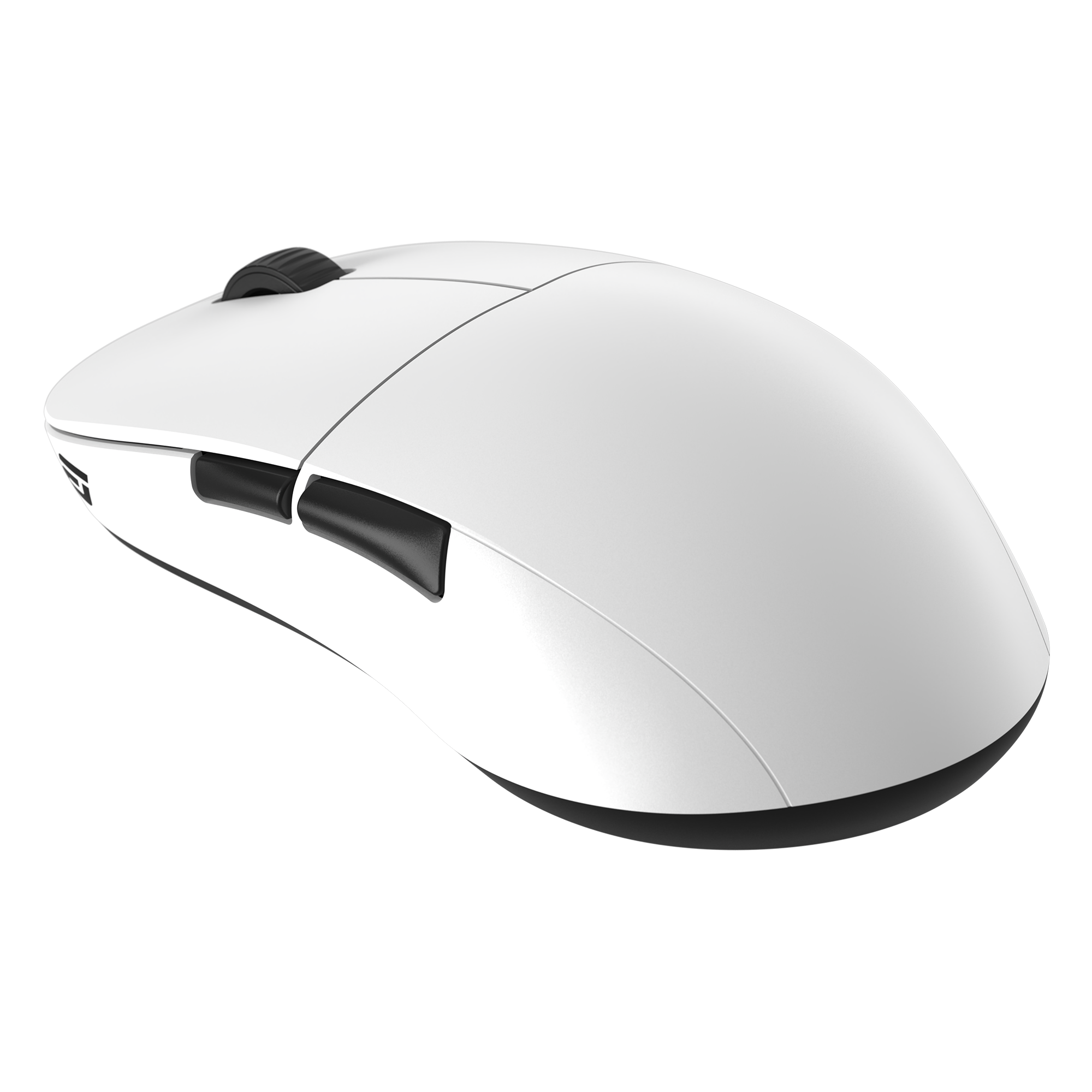

Dual-CoreWireless

Lightweight construction total weight ~63g

Pixart PAW3395

Pre - sorted Kailh switches
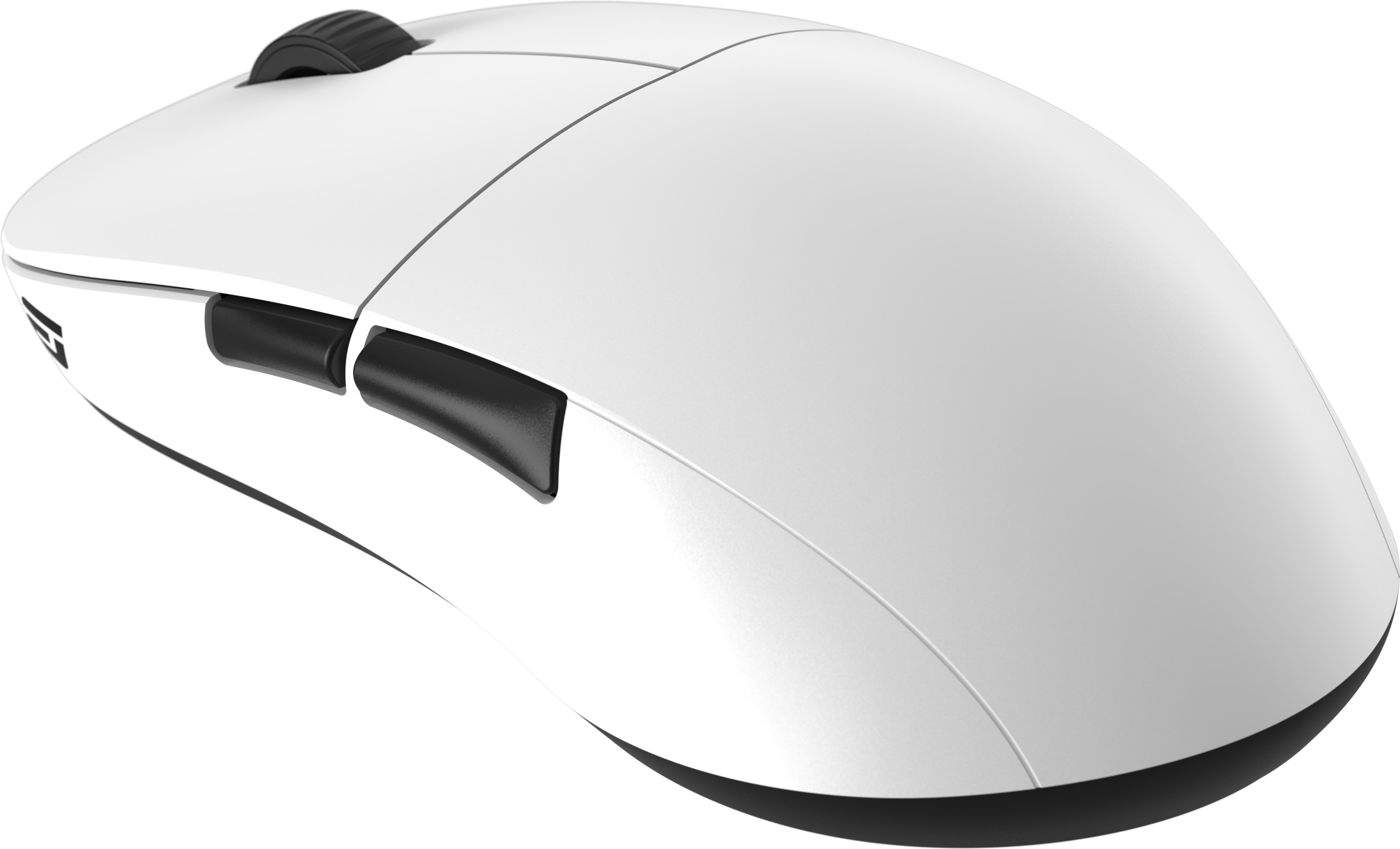
While the XM1r was an improved version of the XM1, we designed the XM2w from scratch. The outer shape remained identical to the claw grip shape that made the XM1 famous, but on the inside, every single aspect was re-designed. Although the XM2w has a 335 mAh battery, with less than ~63g, the overall weight is about 7g lower than the XM1(r)'s. Like its predecessor, the XM2w has been developed by esports veterans for use in competitive play. It has a lightweight, yet durable shell design, with top-of-the-line components, including the PixArt PAW3395 sensor, a Dual-Core MCU for both mouse & dongle, and pre-sorted Kailh GX switches.
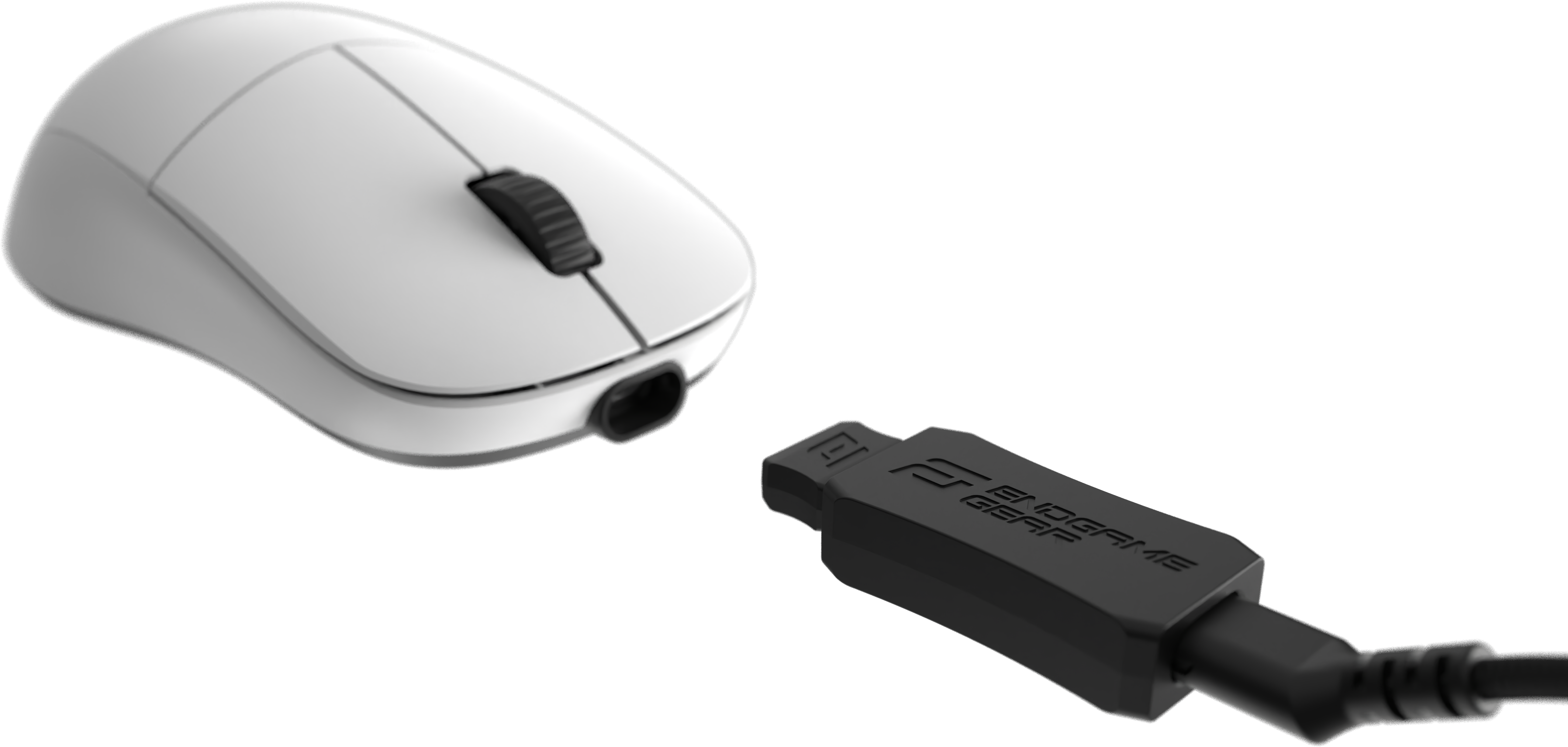
Both the XM2w and its dongle use an STM32 Dual-Core MCU that incorporates a 64MHz ARM Cortex-M4 Core which handles the main tasks of the mouse and an additional 32Mhz ARM Cortex-M0 Core which exclusively manages the wireless data transmissions, ensuring high performance and advanced power-saving capabilities in all wireless modes.
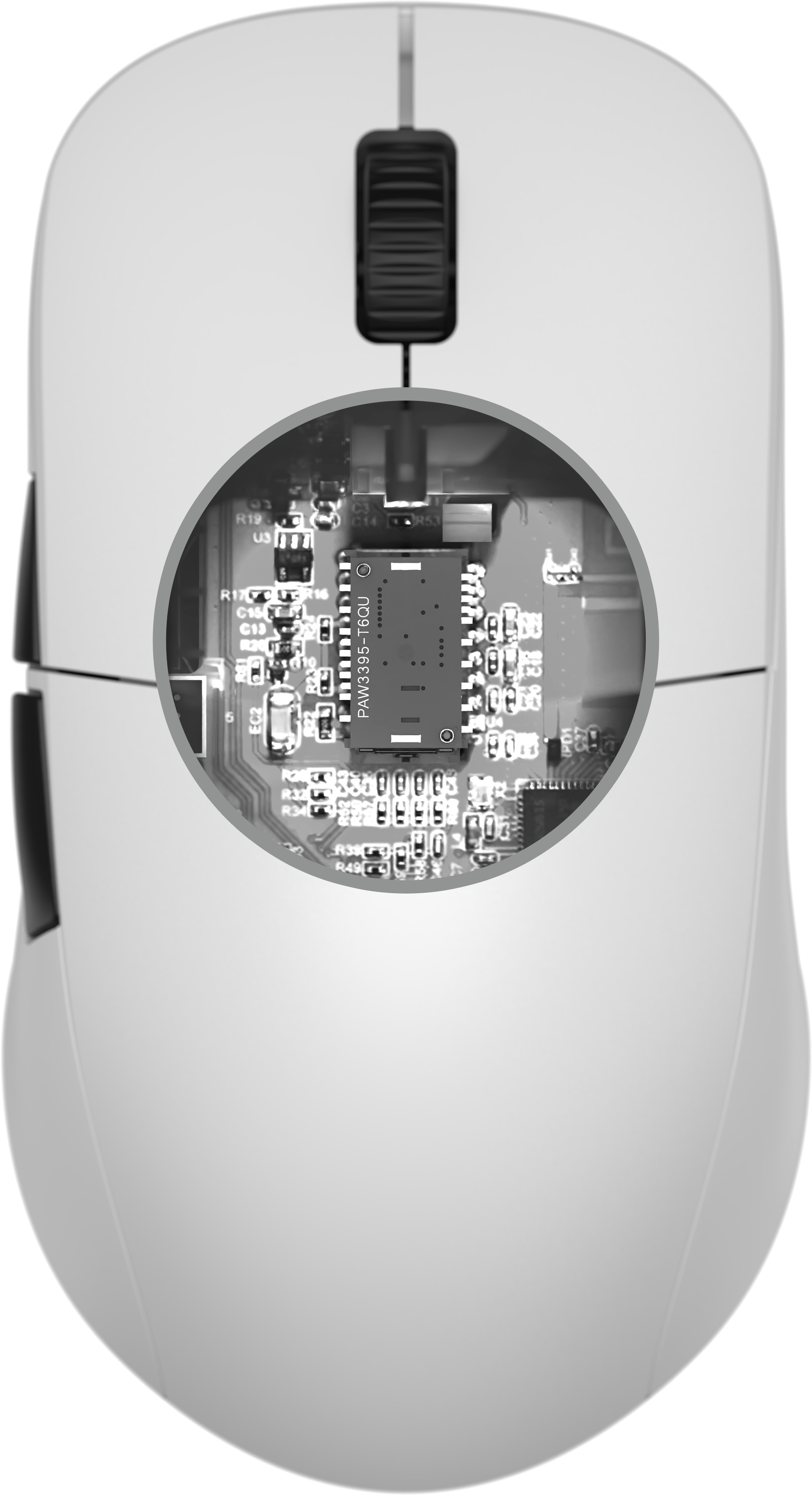
The XM2w’s responsiveness significantly improves by implementing the PixArt PAW3395 featuring a higher resolution pixel array and up to 26000 CPI, Lift-Off-Distance as low as 1mm, and up to 650 IPS for best accuracy during the fastest of swipes. The PAW3395 also offers sensor-level MotionSync for consistent and synced reports. With all smoothing and angle-snapping disabled, the tracking data from the sensor is as raw as it can be. Power-saving features are either being disabled (corded connection) or optimized (wireless), squeezing every last bit of performance out of the XM2w.
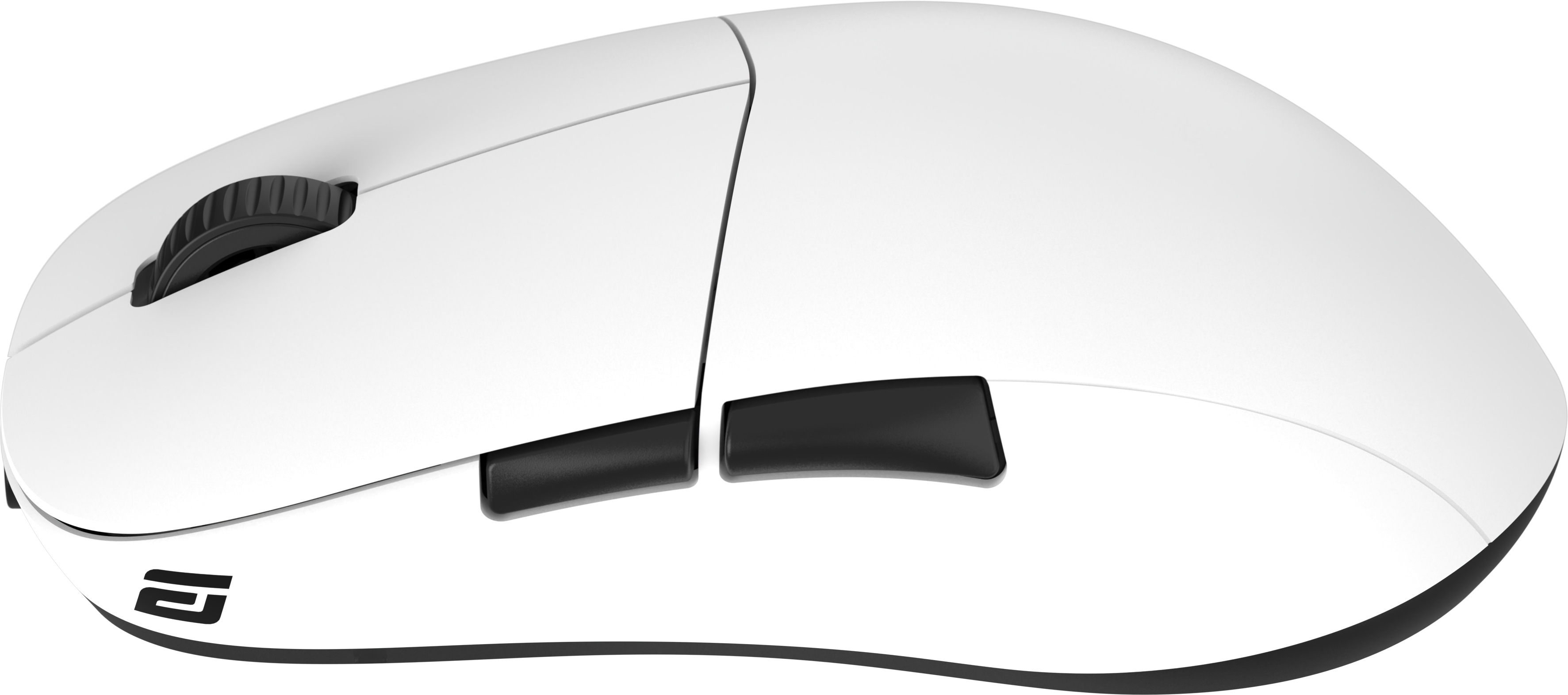
The XM2w uses Custom Kailh GX switches for its main buttons. These are pre-sorted, which results in a pleasant and fast click. Instead of using a Panasonic style micro switch for the middle click, the XM2w features an all-new construction using a mechanical micro switch in the form of Kailh's GM2.0. The new side button construction of the XM2w uses the same Kailh GM2.0 switches for a crisper click feeling and vastly improved durability.
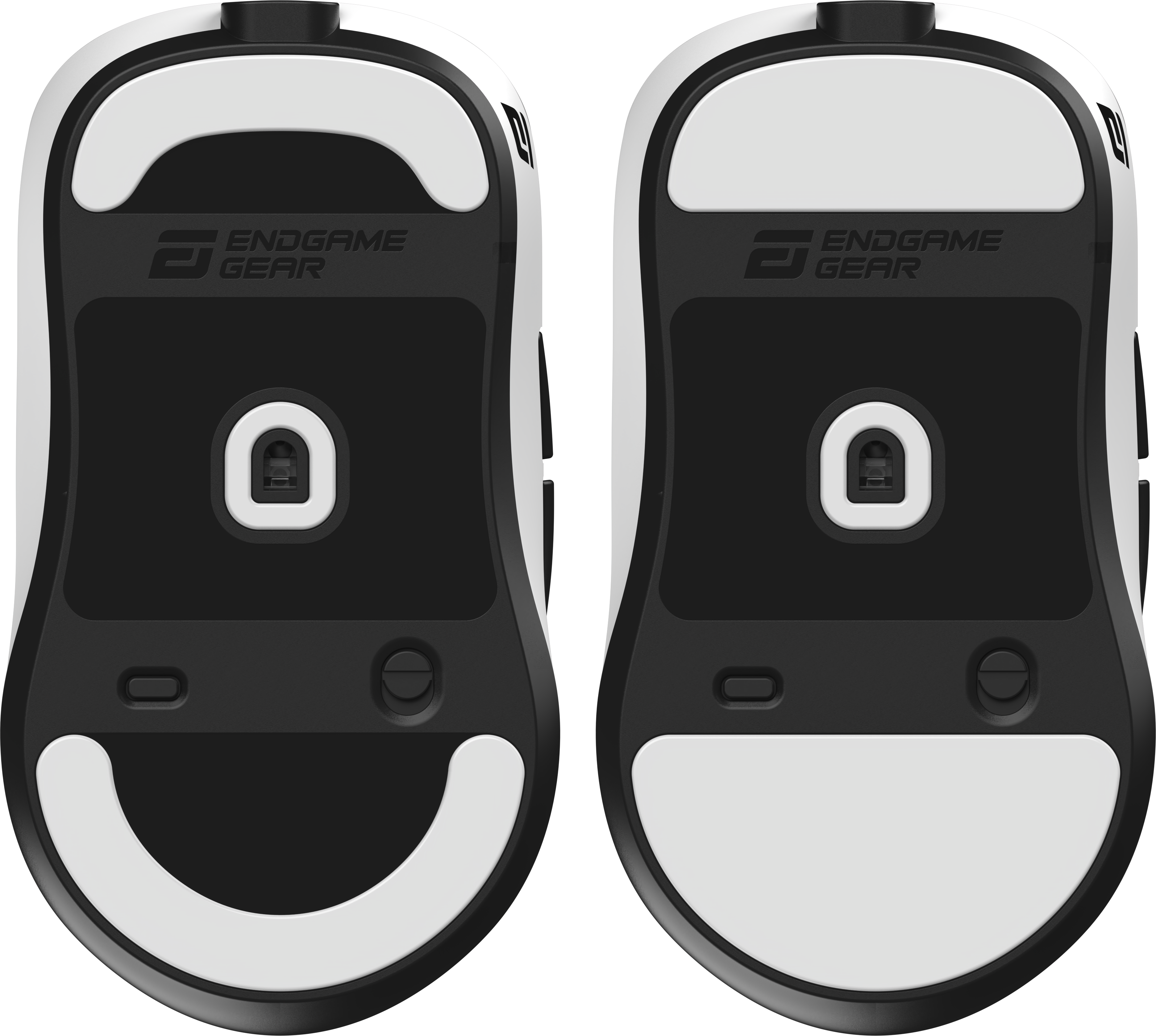
The XM2w comes with two sets of PTFE skates (large & small) and a sensor skate. Thanks to a hybrid design bottom shell, it's possible to easily install either large or small skates with the smaller skates fitted by default. The skate areas are larger than the XM1(r)'s and can work with various custom skates, including those for XM1 and XM1r. The larger area offers added flexibility when customizing the XM2w's glide and re-using already purchased skates. The sensor skate is optional but recommended on softer surfaces.

Like its predecessors, the XM2w can go beyond traditional signal debouncing to detect clicks thanks to its patented analog technology. It's a superior method compared to common digital approaches. Whereas digital signal processing can only detect two levels of feedback (1/0), the XM2w implements an advanced algorithm to drive faster click detection for a reaction time of less than 1ms.
(<<1ms)